This website uses cookies so that we can provide you with the best user experience possible. Cookie information is stored in your browser and performs functions such as recognising you when you return to our website and helping our team to understand which sections of the website you find most interesting and useful.
Lanivtsi Territorial Community

The Lanivtsi Community is a territorial community located in the Kremenets Raion, Ternopil Oblast.
Total area: 481.4 sq km.
Population: 20,502
Women: 9,657
Men: 10,845
It comprises 41 settlements. The administrative centre of the community is located in the city of Lanivtsi.
History
The name Lanivtsi has several possible versions of its origin. It may be associated with Old Ukrainian names or the term ‘lan’, a land unit used in the Grand Duchy of Lithuania and the Polish-Lithuanian Commonwealth.
The first written mention of Lanivtsi dates back to 1444. Archaeological findings show that people lived here as far back as the Trypillian culture and in the times of Kyivan Rus.
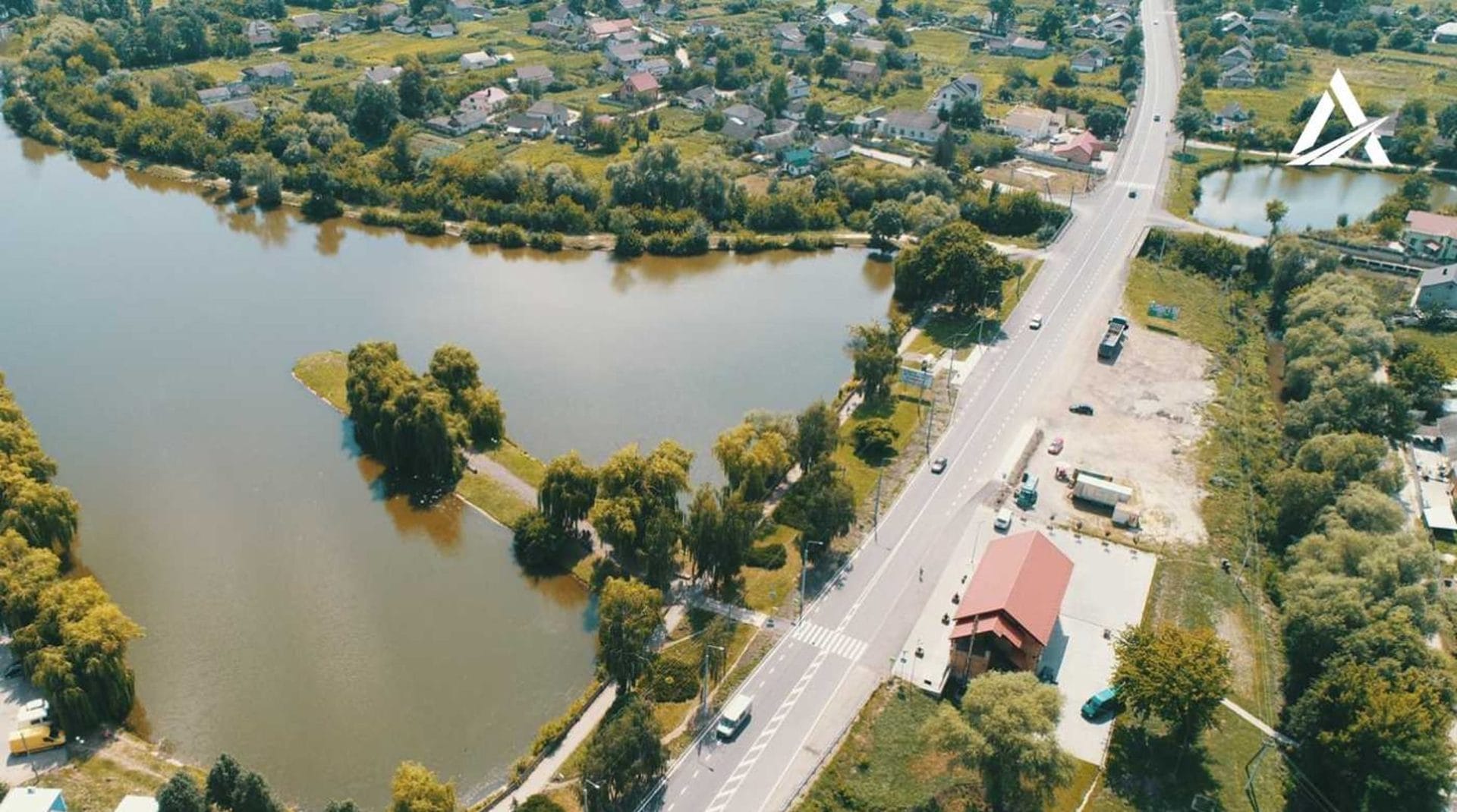
In the XV-XVI centuries, there was a small defensive castle here, which could not withstand Tatar raids and was destroyed in 1618. In 1648-1651, the city was captured by Bohdan Khmelnytskyi’s Cossack troops. In the XVIII century, the Yelovytsky Palace was built on the site of the fortress, which was demolished by the Soviet authorities in the XX century.
In the XIX century, the city was part of the Russian Empire and was a trade centre of Volyn. In 1915, the Ternopil-Shepetivka railway line was laid for military purposes, which significantly boosted economic development.
During the World War II, Lanivtsi suffered heavy losses. In 1942, the Nazis shot over 3500 local Jews. A memorial sign was erected at the site of the tragedy.
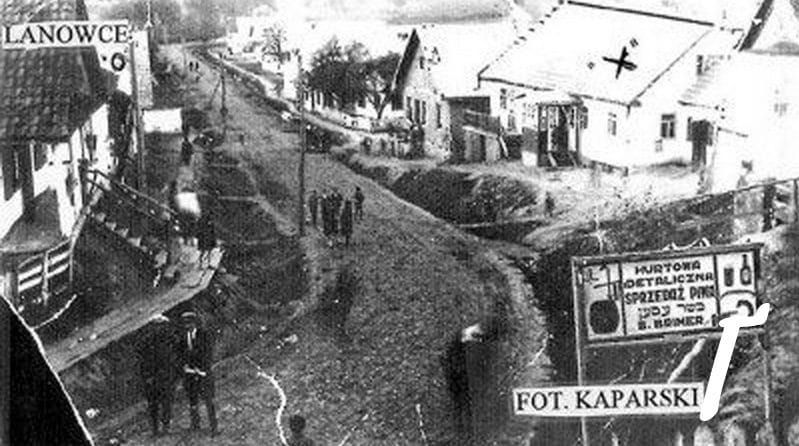
Local rebels played an active role in the struggle for independence. In 1944, UPA soldiers carried out sabotage attacks on railway facilities to hinder the movement of Soviet troops. After the war, the city was gradually rebuilt: factories, schools, a hospital, and a cultural centre were opened.
In 2001, Lanivtsi received the status of a city. Today, the community comprises 41 settlements, preserves its history and is actively developing. Unique sights have been preserved: underground passages, ancient cemeteries, including Jewish and Polish ones. In Lanivtsi, there is a memorial complex-museum ‘Molotkiv Tragedy’, which recalls the brutal events of the World War II.
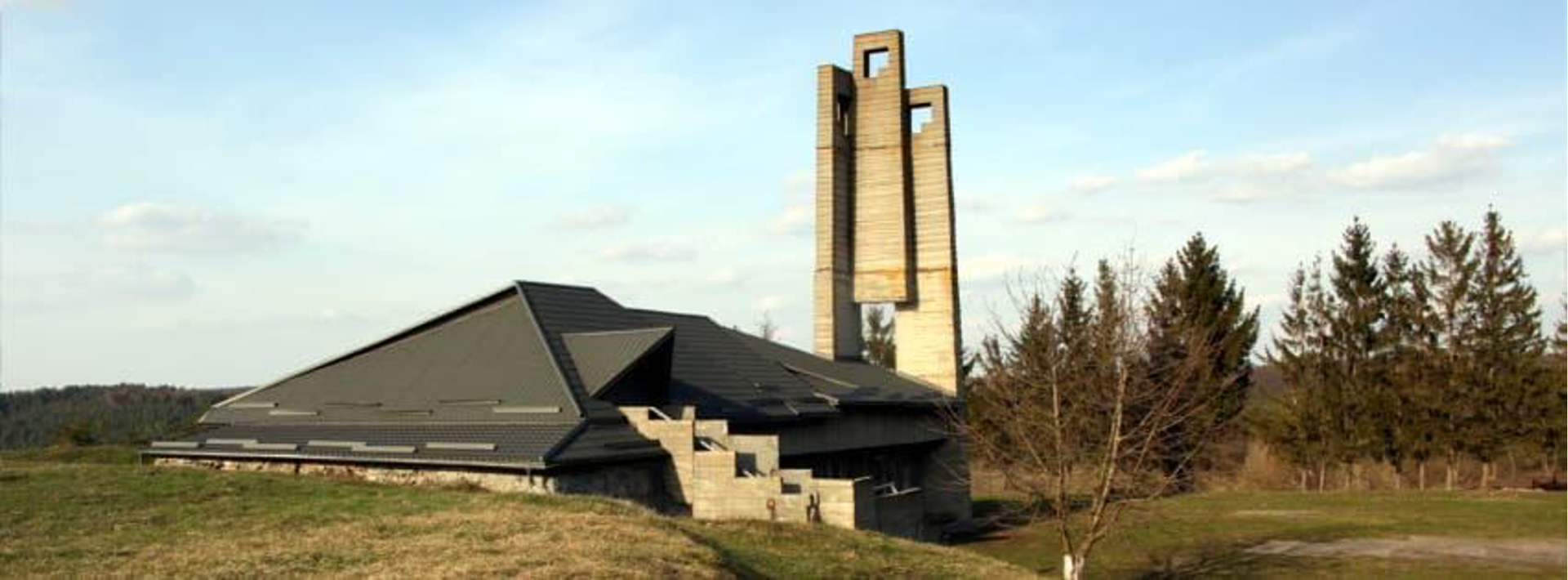
Lanivtsi is a place where history is intertwined with the present, and the community is proud of its past and confident in its future.
Economy and Welfare
The economy of the Lanivtsi Community is based on the agricultural sector, which includes the cultivation of grain crops, livestock and processing of agricultural products. Along with agriculture, processing, trade and manufacturing enterprises are also developing, providing jobs and contributing to the development of the region.

One of the key enterprises of the community is the private enterprise ‘FIRMA SAZAN’, which specialises in freshwater fish farming – aquaculture. The company raises fish, in particular carp, silver carp and amur, which allows it to provide high-quality fish products not only for the local market but also for the wider region.
An important role in the agricultural sector is played by PrJSC ‘Lanovetske Khlibopryimalne Pidpryiemstvo’, which is engaged in the wholesale trade of grain and unprocessed tobacco. The company plays a significant role in the logistics of grain crops, facilitating their storage, drying and sale.
ZAHOTZBUT LLC specialises in meat processing and wholesale. Thanks to a modern technological process, the company provides consumers with high-quality meat products that meet all sanitary standards.
AGROPRODSERVICE is engaged in a similar line of business, producing and selling meat. The company maintains high quality of products by using modern technologies for raising and slaughtering animals.
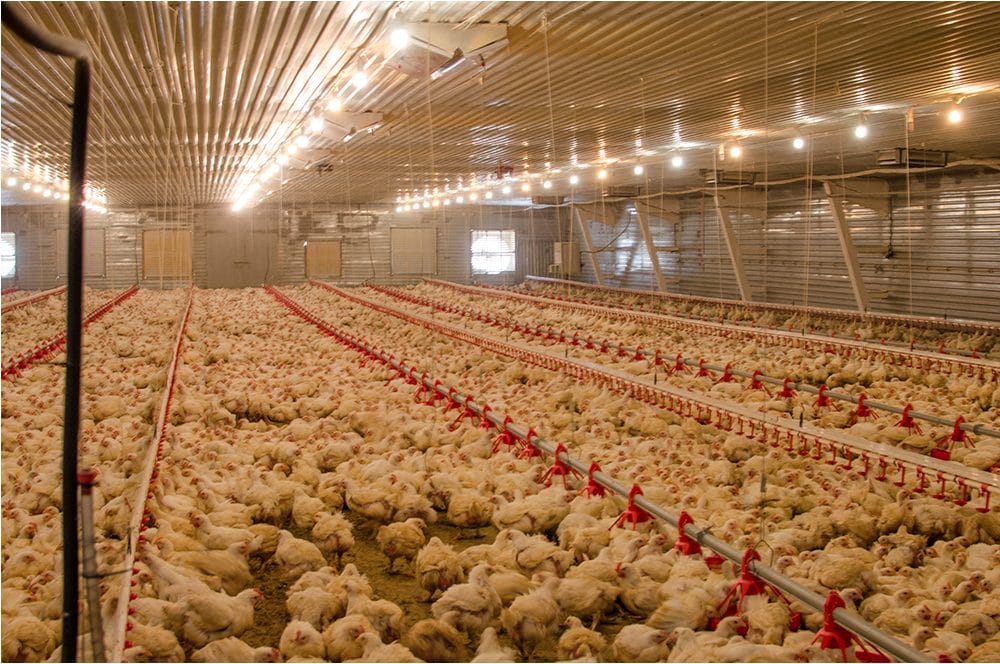
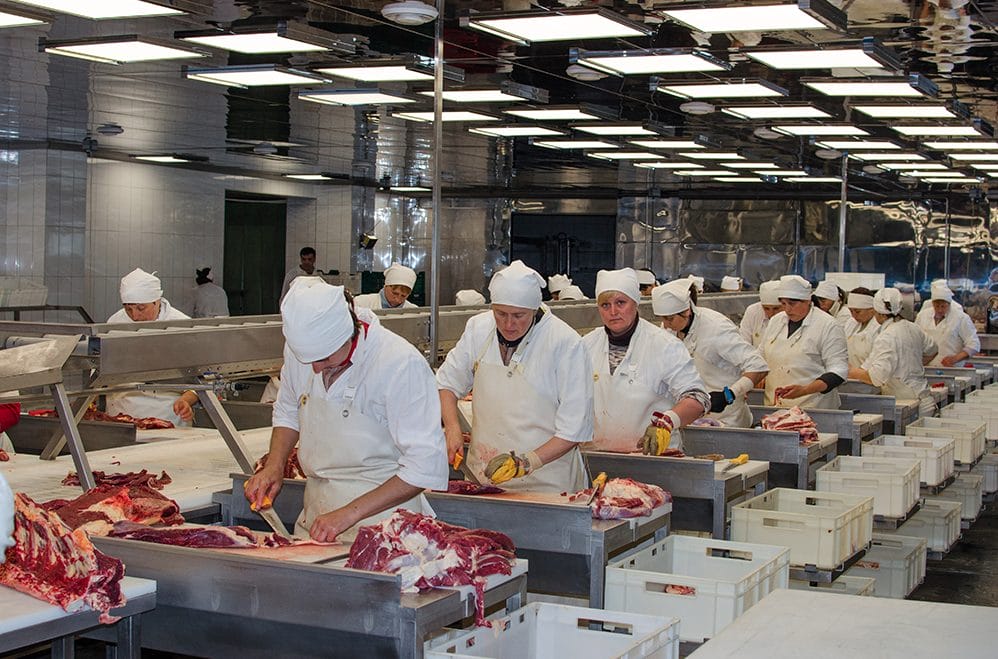
Another important player in the market is LAN-OIL TRADE, which processes oilseeds and provides services for drying, cleaning and storing grain. This company contributes to the efficient use of agricultural products and the creation of added value in the community.
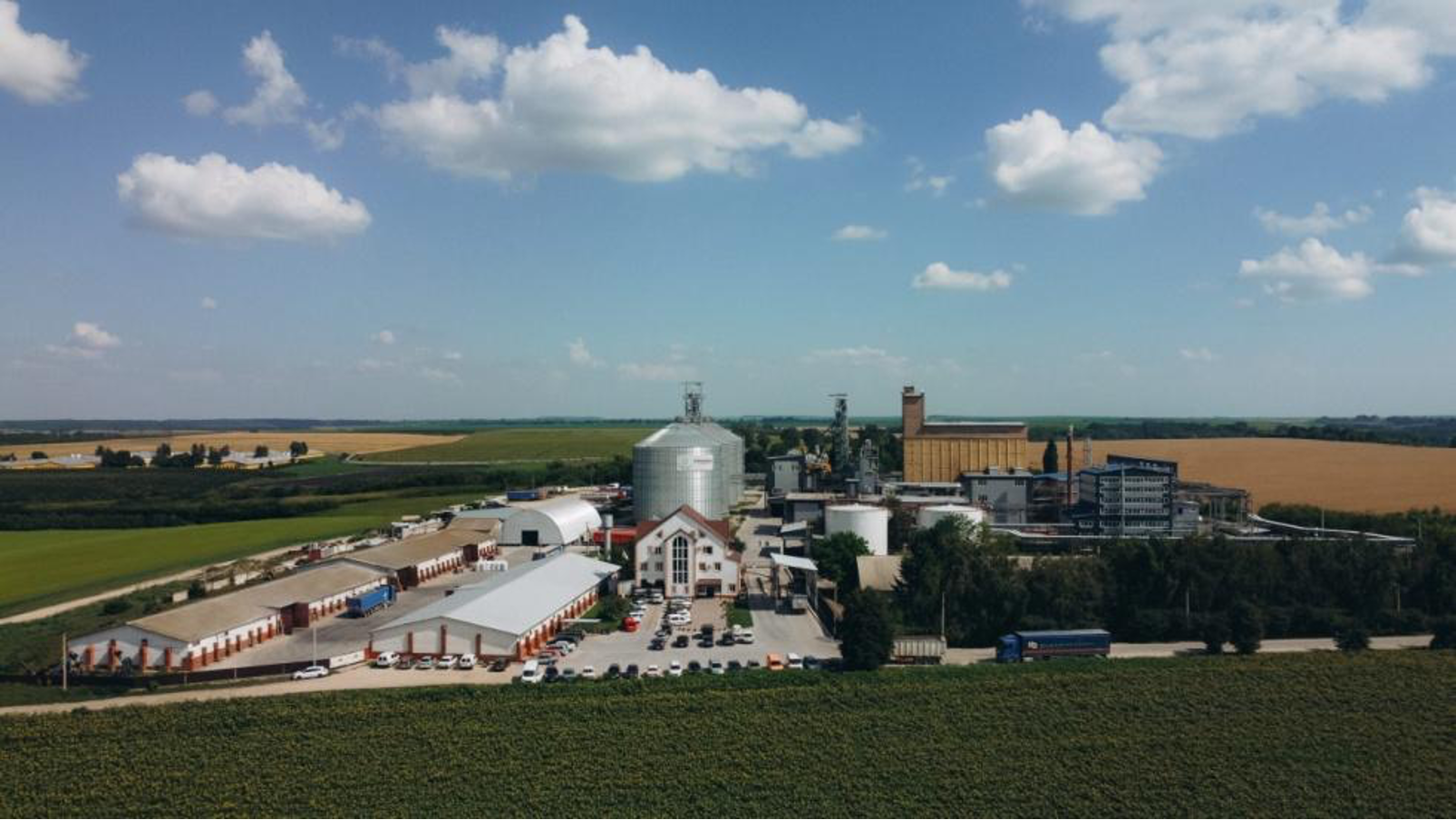
The Community and the War
Since the beginning of the full-scale Russian invasion on 24 February 2022, the Lanivtsi Community has become an active centre of volunteerism and a refuge for internally displaced persons.
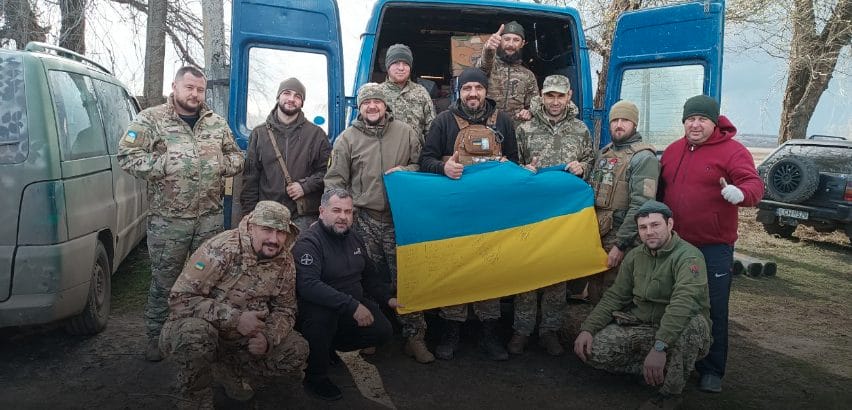
Local residents quickly rallied to organise humanitarian centres that coordinated the collection and distribution of aid to both the military and civilians.
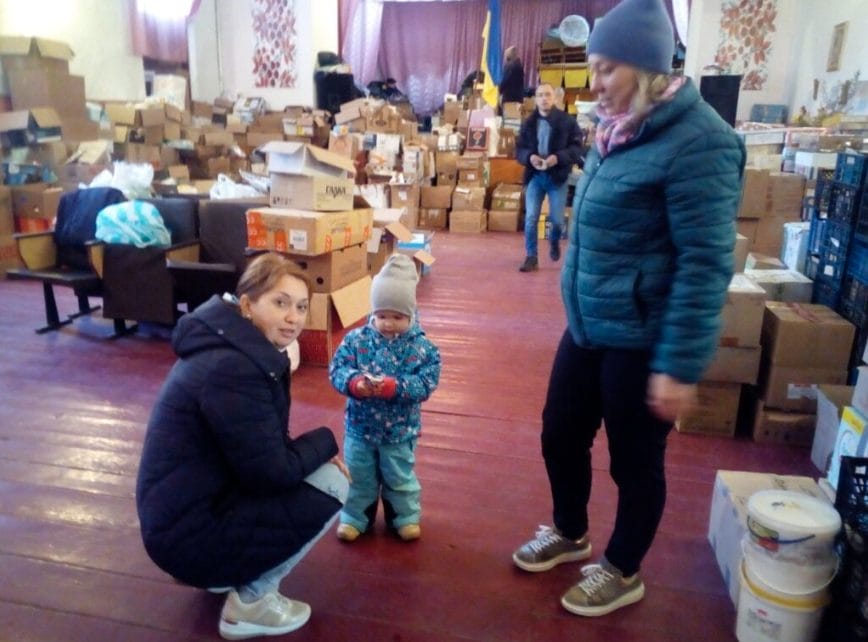
One of the key areas of the community’s activities was supporting the Armed Forces of Ukraine. Volunteers are raising funds to purchase ammunition, medicines, equipment and transport for the frontline. Lanivtsi craftsmen make camouflage nets, stoves for trenches, plate carriers, and sew tactical clothing.
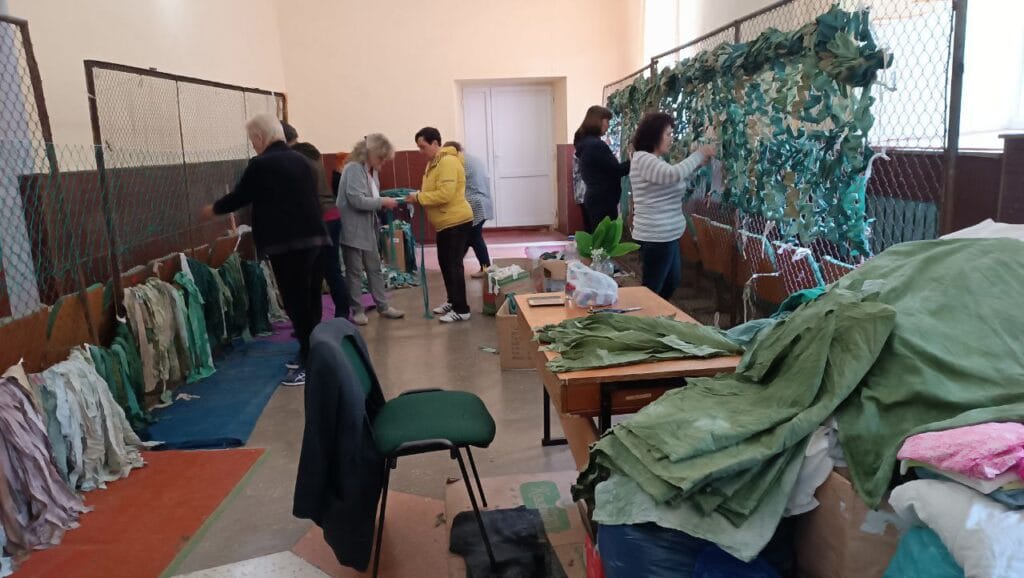
Not only adults, but also young people are actively involved in helping, organising charity fairs, concerts and other fundraising initiatives.

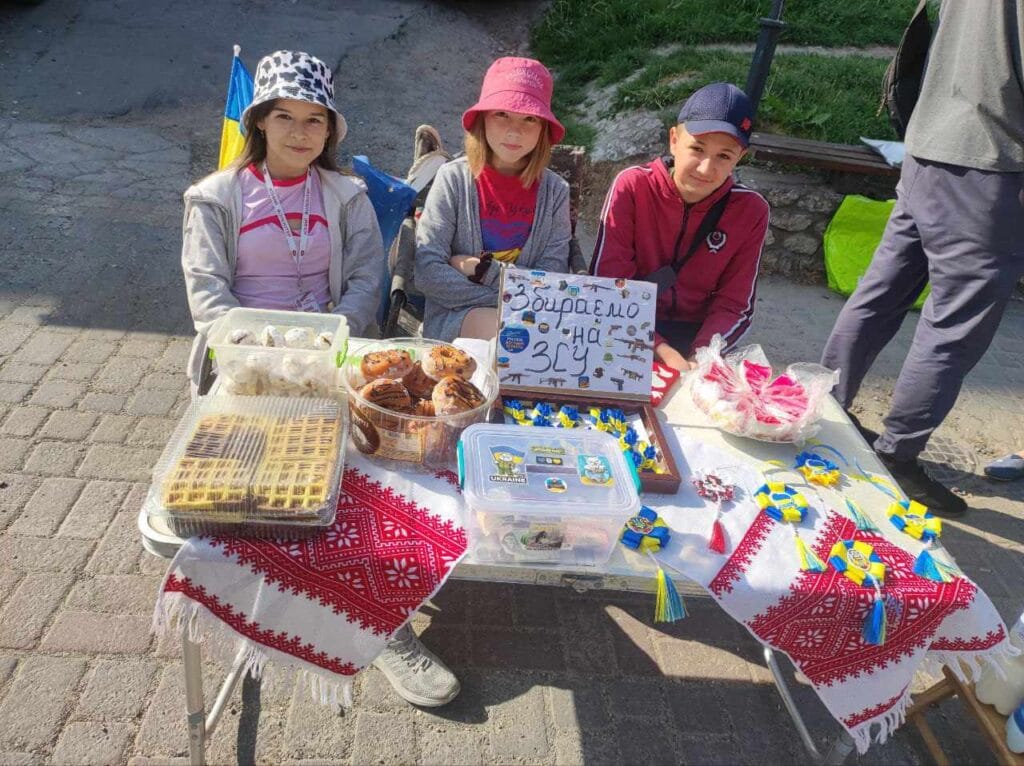
In addition to helping the frontline, the community has focused its efforts on supporting IDPs. Hundreds of people from the frontline and occupied territories came to the Lanivtsi Community and were immediately offered accommodation, food and necessary clothing. Temporary shelters were set up in schools and community centres, where IDPs could find not only shelter but also psychological support. Local entrepreneurs and farmers have joined in to provide food and jobs for IDPs.
This period is a challenge for everyone, but the community residents show that unity, caring and willingness to help are their key values.
Community People
Roman Kaznovetskyi, head of the Lanivtsi Community, has become not just an administrator, but a driver of change in a difficult time for the country. Under his leadership, the community develops infrastructure, supports local businesses and actively attracts grants to improve the living conditions of its residents. One of the key initiatives is the modernisation of utilities and the renewal of municipal infrastructure, which allows the residents of Lanivtsi to use resources more efficiently and attract investment.
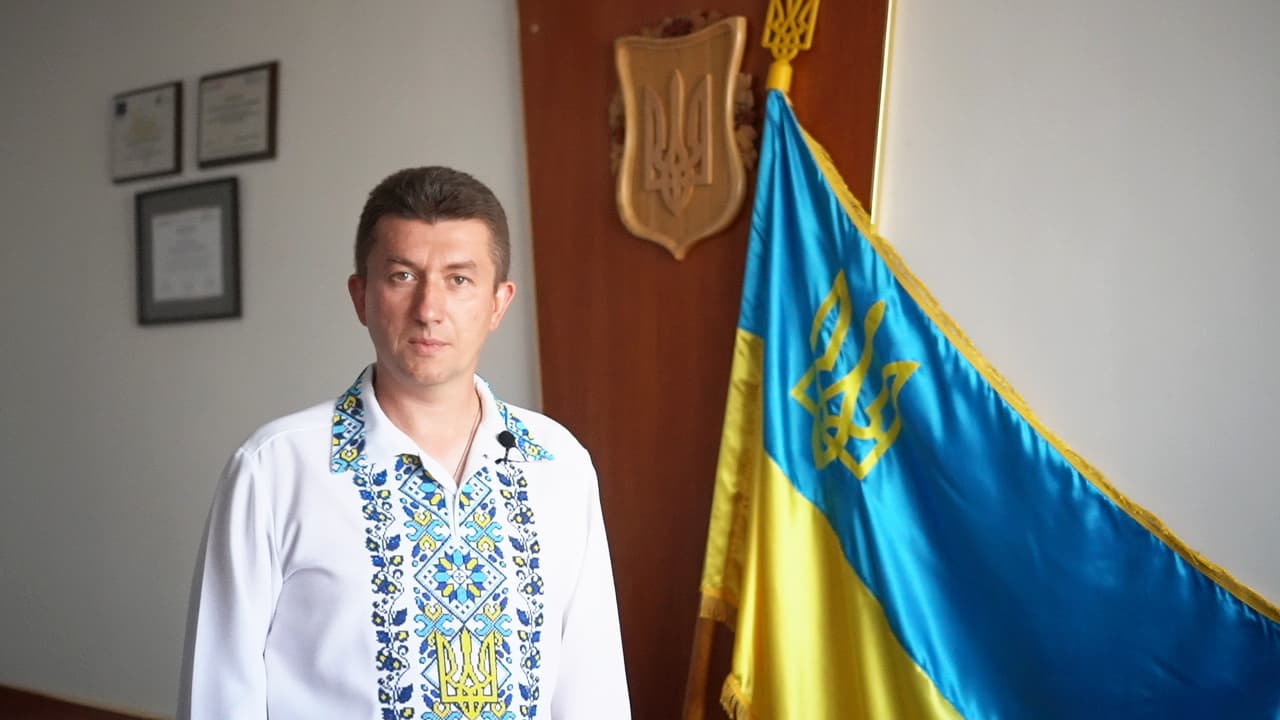
With the outbreak of full-scale war, the city council, with the support of local businesses and activists, set up a humanitarian centre to coordinate assistance to IDPs and the military. In addition to organising the collection of food, clothing and medicines, the community provided logistics and cooperated with international funds. Thanks to this, Lanivtsi became a reliable rear for the defenders and a refuge for hundreds of Ukrainians who lost their homes.
Among those who made a significant contribution to the life of the community is Yurii Matevoshchuk, a poet, translator and cultural manager who developed the cultural space of Lanivtsi before the war. As the head of the Yelovytsky Cultural Centre, he organised events that promoted Ukrainian literature and art. After the Russian army invaded Ukraine on 24 February 2022, Yurii joined the Defence Forces and has been an operator of unmanned aerial systems for over two years. Even at the front, he remains faithful to his cause – the promotion of Ukrainian culture, which, according to him, is another important front in this war.
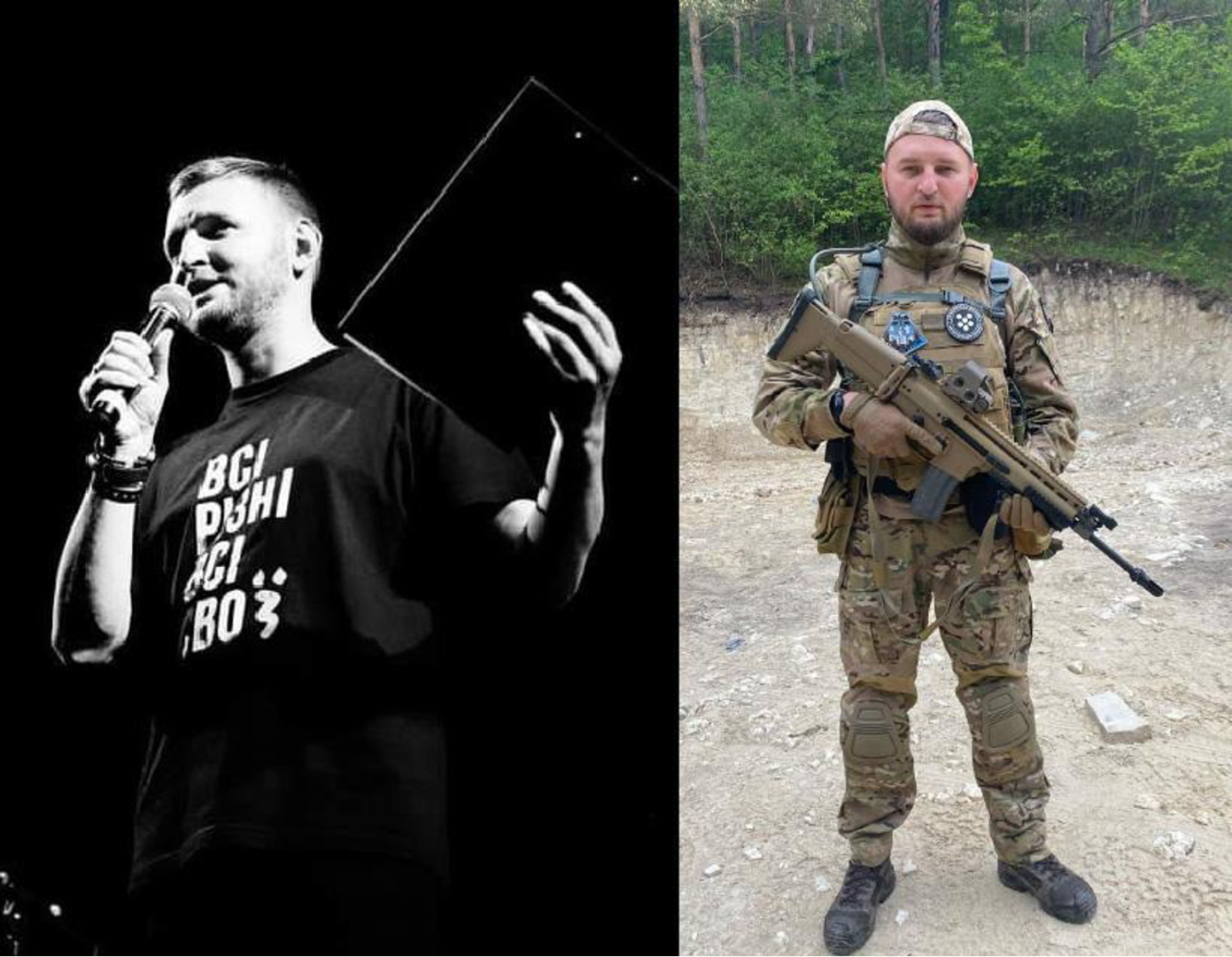
Such stories prove that a community is not just a territory, but first and foremost the people who create its future. In Lanivtsi, this future is shaped by the daily work of volunteers, entrepreneurs, educators and employees who, despite the challenges, move forward and strengthen their community.
The city’s pride in the field of culture is the Olvia Dance Ensemble. The skill level of the pupils of the Lanivtsi House of Children and Youth Creativity impresses not only professional choreographers, but also always delights the public. They have won numerous international and national competitions and festivals.
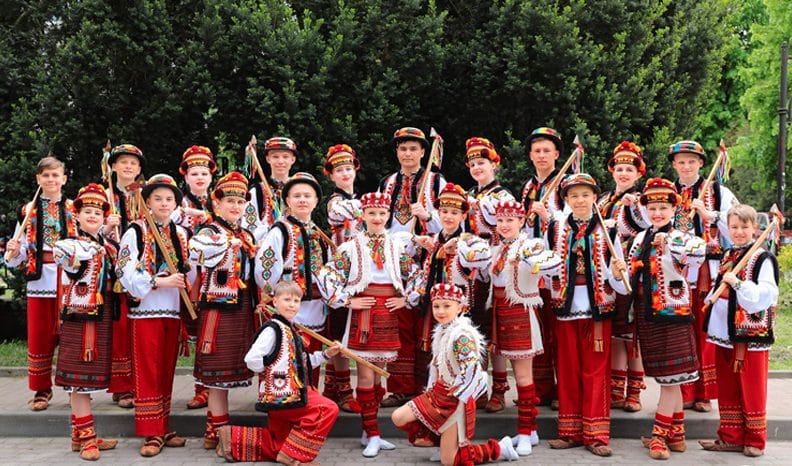
The residents of the Lanivtsi Community are not only active volunteers, entrepreneurs and cultural figures, but also people who value sports and a healthy lifestyle. The community has sports clubs, football, volleyball and athletics competitions. The community has sports clubs, holds football, volleyball and athletics competitions. Thanks to this activity, Lanivtsi is not just a place on the map, but a community of energetic and motivated people who are building a strong future.
Development Strategy
The community sets ambitious goals to ensure sustainable development and improve the living standards of its residents. One of the main areas of focus is the restoration and expansion of industrial enterprises, which will help create new jobs and stimulate economic growth.
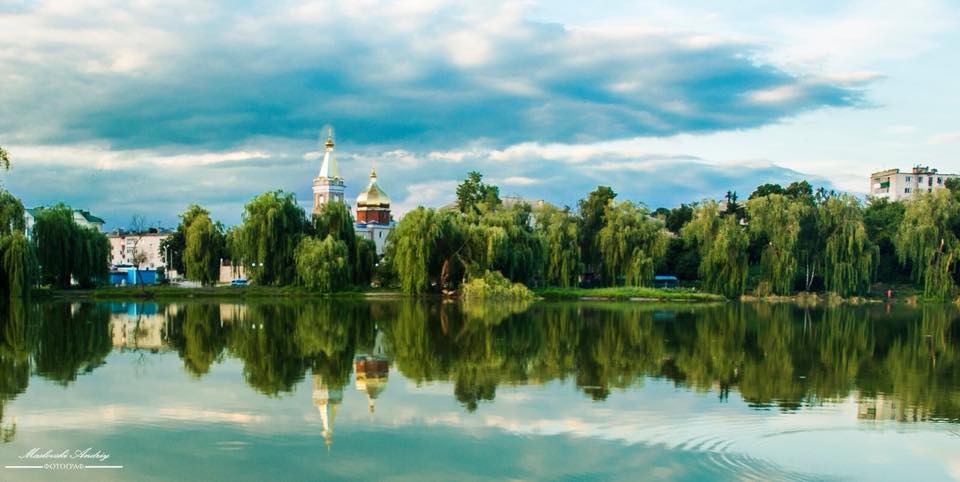
The development of tourist routes, including memorial sites and nature reserves, will be an important step in attracting tourists and promoting local business development. This will also help preserve the cultural and natural heritage.
Improvements to infrastructure, including the construction of new roads and the renovation of housing stock, will contribute to better living conditions and community development.
The creation of new jobs for local residents and internally displaced persons will be an important part of the strategy to help reduce unemployment and improve living standards.
